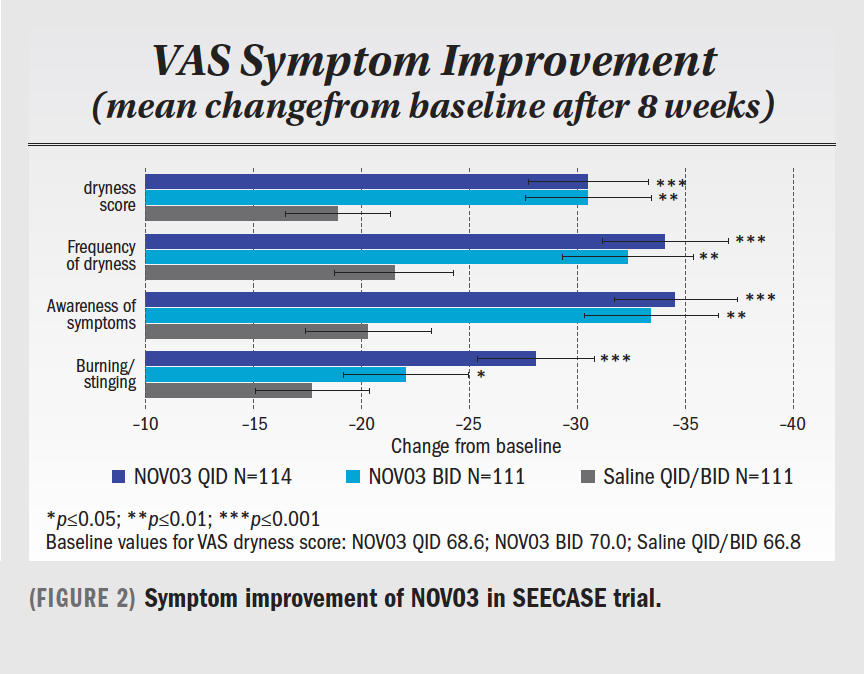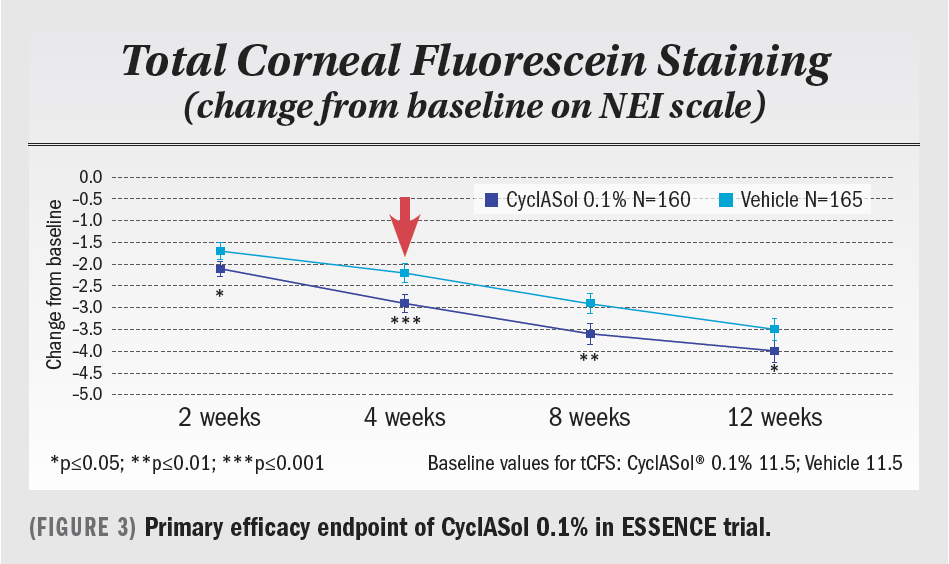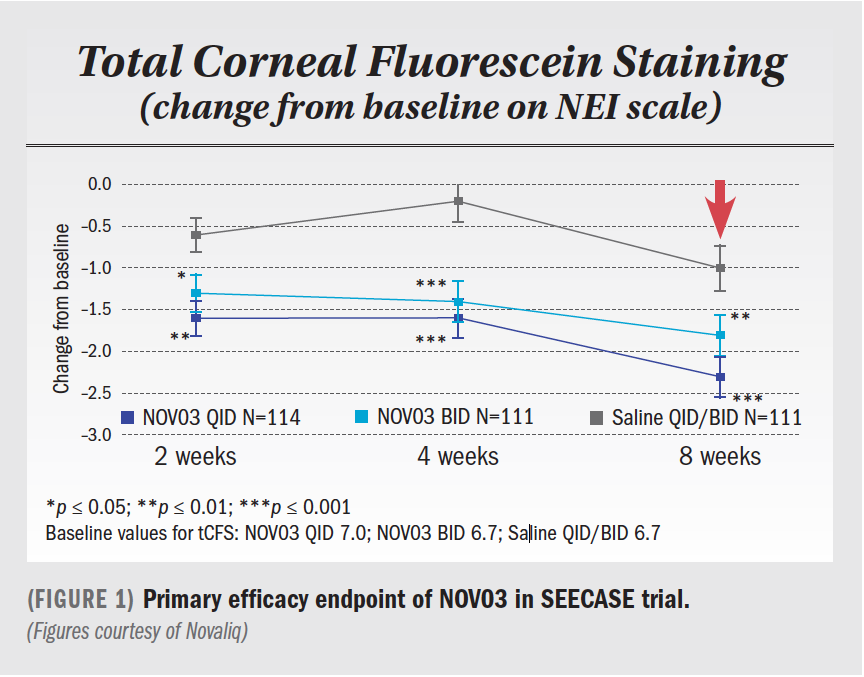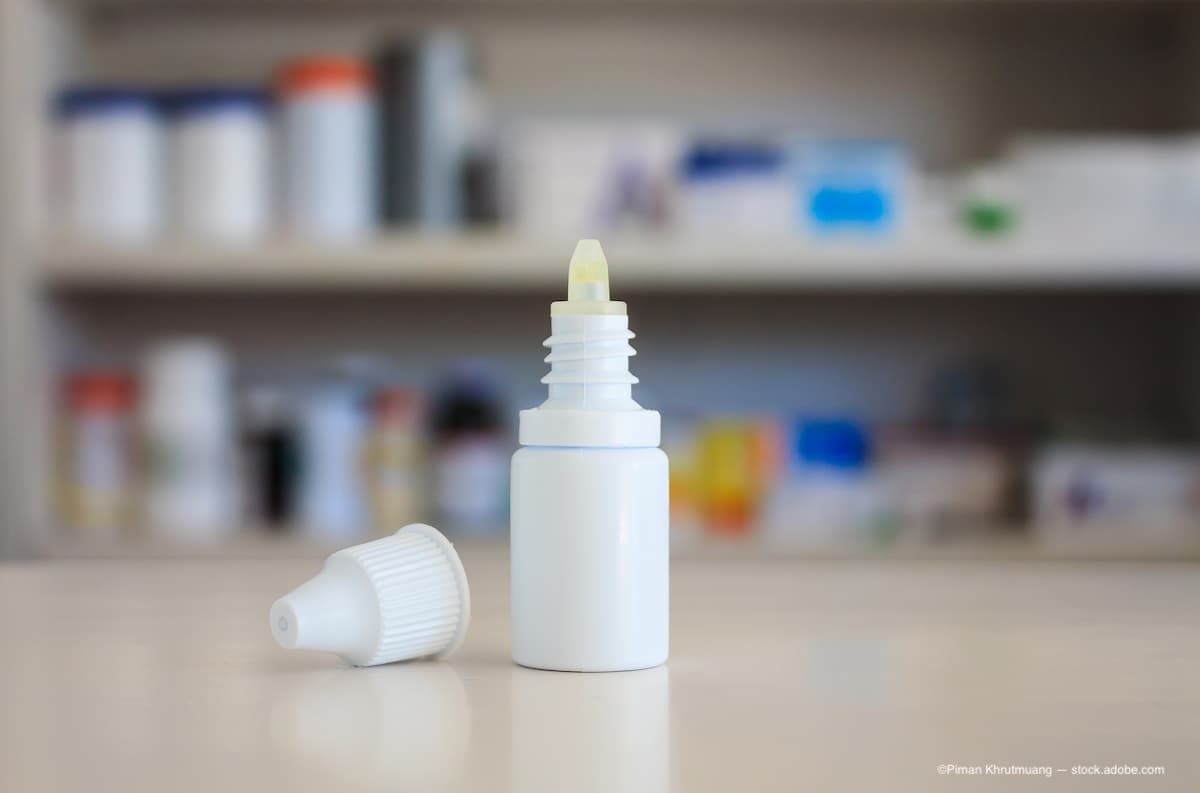Article
Rethinking clinical strategy for treating dry eye disease
Author(s):



A dry eye disease specialist provides her perspective on why there is an unmet need for better treatments for this common condition, and how novel products in one company’s pipeline address the shortcomings of existing options.
In the 2007 Report of the International Dry Eye Work Shop (DEWS), inflammation was included in the definition of dry eye for the first time. A decade later, an updated definition from the Tear Film and Ocular Surface Society DEWS II went a step further in citing an etiological role for inflammation.
Success in the treatment of dry eye disease (DED) may require a shift away from thinking that inflammation is its sole core mechanism, said Debra A. Schaumberg, ScD, OD, MPH.
Rather than focusing on anti-inflammatory medications as a strategy for managing DED, treatment methods could provide more options for managing the diverse group of people in the large dry eye patient population.
“The two drug entities approved for treating DED-cyclosporine and lifitegrast-both target T-cell mediated inflammation, and other novel anti-inflammatory agents are in development,” said Dr. Schaumberg, adjunct professor of ophthalmology and visual sciences, Moran Eye Center, University of Utah, Salt Lake City. “The fact that a subset of patients rapidly drop off these anti-inflammatory treatments suggests these agents are not effective for many patients.”
An unmet need
Inflammation may prove to be the correct therapeutic target for some people with DED and appropriate for another subgroup as a short-term intervention, Dr. Schaumberg explained.
“We have an unmet need for providing long-term management of disease for the majority of DED patients,” she said.
It is estimated that DED affects 16 million people in the United States alone, and Dr. Schaumberg pointed out that they represent a very heterogeneous population in their risk factors and presentation.
The clinical trials that led to the approval of currently available anti-inflammatory treatments for DED used very selective inclusion/exclusion criteria, and so the patients enrolled in those studies may not be representative of the broader dry eye population, she said.
“The cyclosporine and lifitegrast trials enrolled patients with a low Schirmer score, significant corneal staining, and a high level of symptoms,” Dr. Schaumberg added.
“We know there is often a lack of correlation between clinical signs and symptoms in patients with DED,” she said. “The results from the trials may not be generalizable to the entire dry eye population.”
There is evidence that a majority of people with DED have meibomian gland dysfunction (MGD), either by itself or comorbid with aqueous deficiency.
“In diagnosing DED, many clinicians do not use testing that could help to identify if the condition is related to MGD or aqueous deficiency,” Dr. Schaumberg explained. “Even though the primary cause of Sjögren’s-related dry eye is lacrimal insufficiency due to autoimmune-induced lacrimal gland damage, there is evidence that most of these patients also have MGD.”
Though ocular surface inflammation can be present in patients with MGD, it is not known whether the inflammation came first, causing MGD or if MGD leads to ocular surface inflammation, Dr. Schaumberg noted.
“Prescribing anti-inflammatory therapy for all DED patients may not address the underlying cause for the large percentage with MGD,” she said.
Novel therapeutics
Novaliq is developing two topical products for commercialization in the United States, designed to address current unmet needs and based on the company’s proprietary aqueous-free semifluorinated alkane technology (EyeSol).
NOV03 is a preservative-free, surfactant- free product containing 100% perfluorohexyloctane that is being developed specifically as a treatment for patients with MGD-associated DED.
Studies show that it acts to stabilize the tear film lipid layer and mitigate excessive evaporation.
There is evidence showing that it penetrates into the meibomian gland and liquefies the secretions, improving the quality of the meibum and of the tear film lipid layer.
NOV03 was investigated in SEECASE, a phase II randomized, controlled, double-masked trial that included 336 patients with predominantly evaporative DED associated with MGD. The enrolled patients had a low tear breakup time, normal Schirmer score, were highly symptomatic, and had mild to moderate corneal damage.
Patients were randomly placed into one of four groups to use NOV03 two or four times daily or normal saline two or four times daily.
Topline results from SEECASE showed the study met its prespecified primary endpoint, which was change in total corneal fluorescein staining from baseline to week 8 (Figure 1).
Compared with vehicle, both dosing regimens of NOV03 showed statistical superiority to the saline control, and the benefit of NOV03 on ocular surface damage was seen as early as two weeks after treatment initiation. The investigational agent was also associated with statistically and clinically relevant improvement in DED-related symptoms (Figure 2).
Novaliq is also developing cyclosporine A 0.1% in perfluorobutylpentane (CyclASol) as a treatment for patients who have moderate to severe DED with an inflammatory component.
“The use of perfluorobutylpentane as a vehicle for cyclosporine obviates the need for a preservative, enhances the stability and bioavailability of the active ingredient, and improves comfort,” Dr. Schaumberg said. “This product is not a generic cyclosporine, but rather an engineered formulation.”
In the phase IIb/III ESSENCE study, a multicenter, double-masked trial conducted in the United States, cyclosporine A 0.1% in perfluorobutylpentane met its primary endpoints that looked at change in total corneal fluorescein and Ocular Surface Disease Index (OSDI) from baseline to week 4.
The study included 325 randomly selected patients. Patients had a low Schirmer score, significant corneal damage with central cornea involvement, and were highly symptomatic based on their OSDI.
A statistically significant benefit for improving corneal fluorescein staining compared with vehicle was seen as early as two weeks and was maintained at weeks 4, 8, and 12 (Figure 3).
The investigational cyclosporine product demonstrated statistical superiority to vehicle for improving symptoms.
Disclosures:
Debra A. Schaumberg, ScD, OD, MPH
E: debraschaumberg@mac.com
Dr. Schaumberg is a consultant to Novaliq and other companies that market or are developing products for treatment of dry eye disease.




